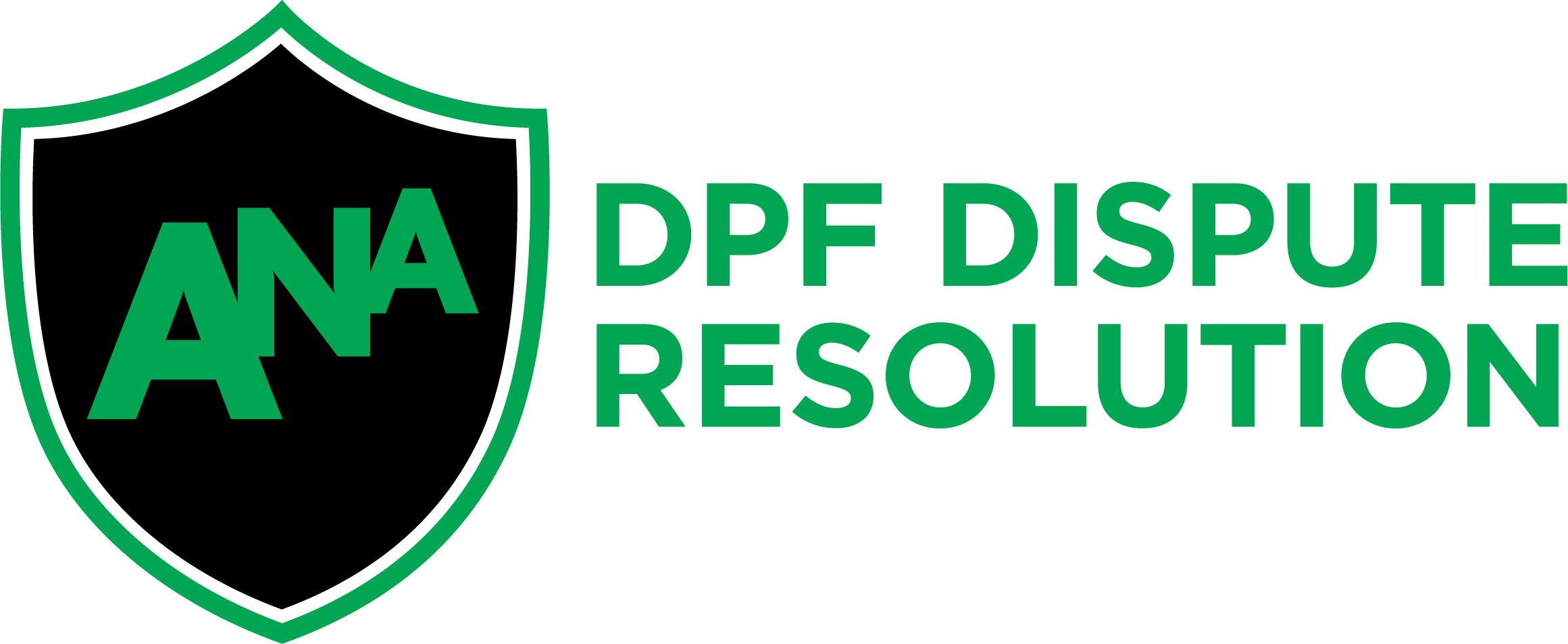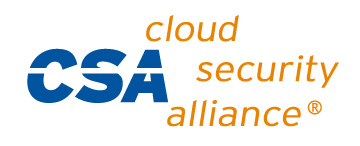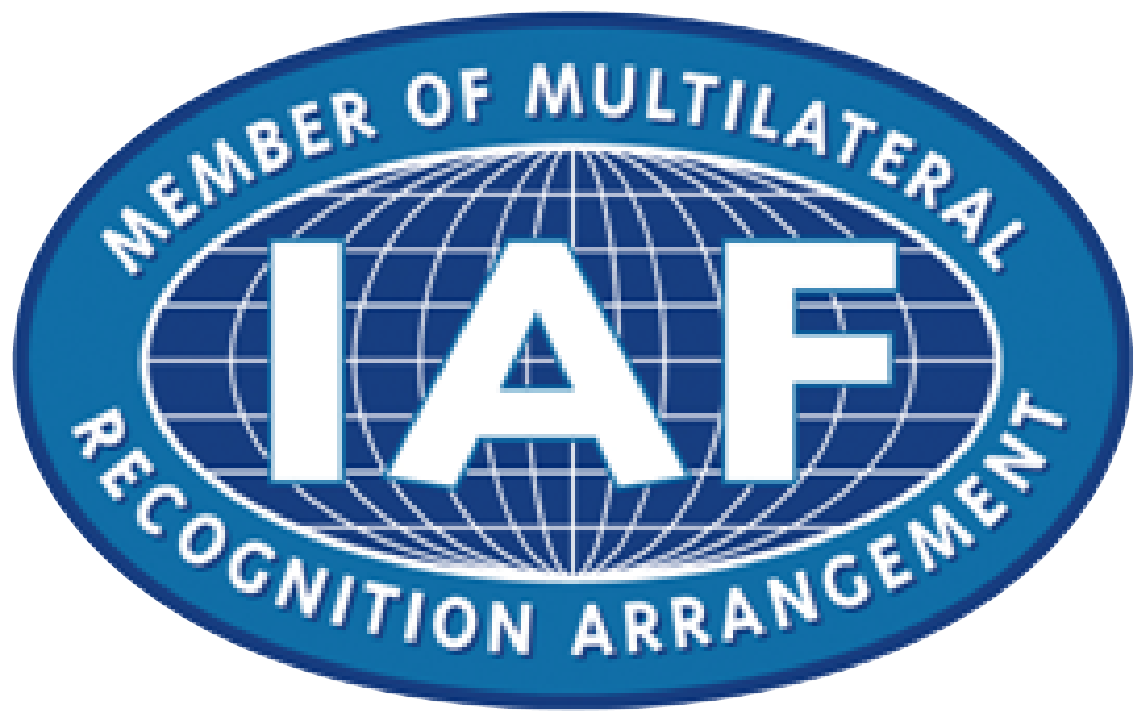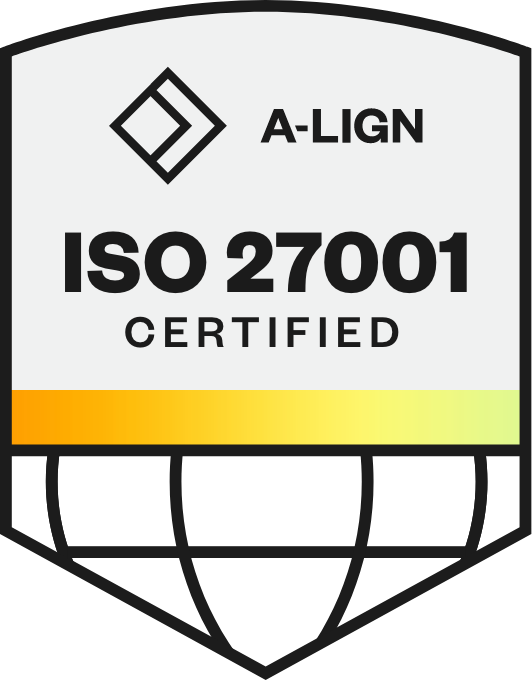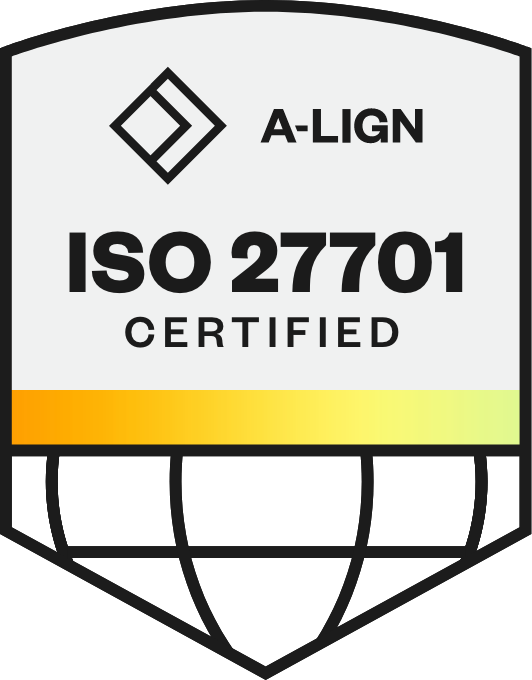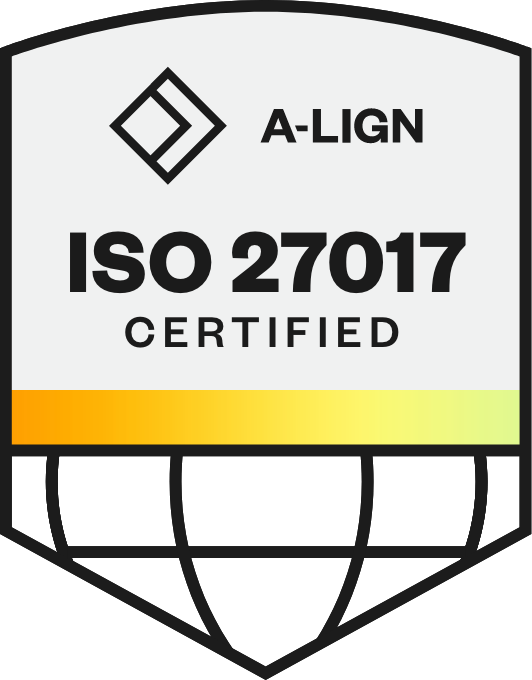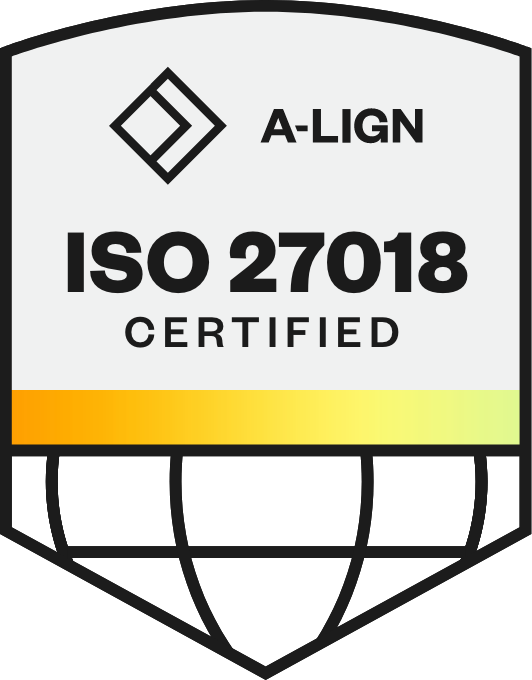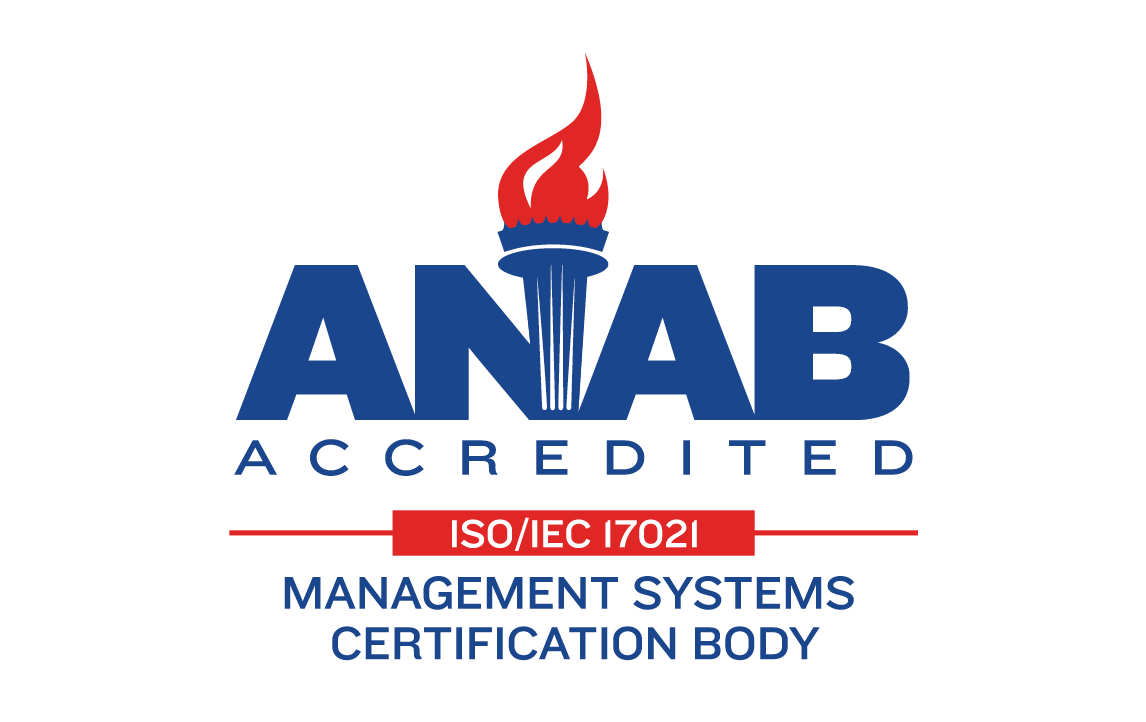The Phenom Blog
Articles to help you hire faster, develop better, and retain longer.

Learn the difference between Applied AI and general solutions for HR. Explore how targeted implementation addresses industry-specific challenges in retail, manufacturing, and beyond to achieve measurable hiring outcomes.

Devi BSeptember 26, 2025
Trending
All Blog Articles
Loading...
Get the latest talent experience insights delivered to your inbox.
Sign up to the Phenom email list for weekly updates!
Loading...
